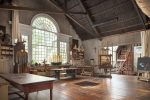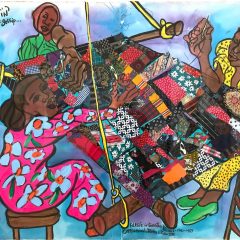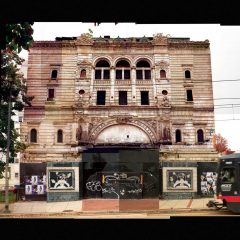The many Philadelphians who miss Michael Taylor’s presence at the Philadelphia Museum of Art will be happy to hear of his enthusiasm in his position as Chief Curator and Deputy Director for Art and Education at the Virginia Museum of Fine Arts, (VMFA) the state museum. He graciously gave my husband and me an extensive museum tour on the evening before we visited the exhibition of Chinese Terracotta warriors which had brought us to Richmond. We passed a wonderfully-humorous, English painting of a floppy-eared dog playing the piano, one among Paul Mellon’s many donations of otherwise-proper British sporting art and French Impressionist paintings. I’d heard of the Mellon gifts, but the generosity and breadth of Richmond’s other patrons was a wonderful surprise.
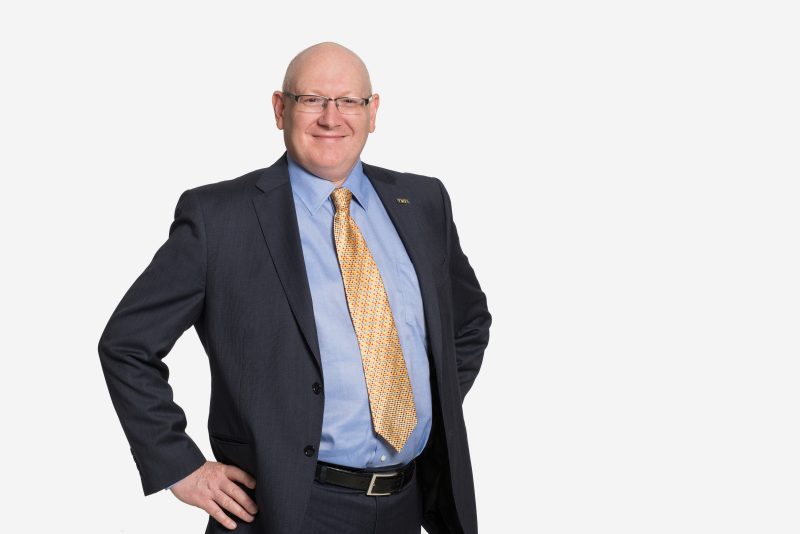
VFMA’s special areas and traveling exhibits
The museum does not aspire to a universal collection, but concentrates on specific areas, supplemented by traveling exhibitions. Still, it covers a broad swath and installs the works handsomely. We saw the splendid collection of post-WWII American art assembled by Sydney and Frances Lewis, who also donated extraordinary Art Nouveau and Art Deco furniture and decorative arts which are a major strength of the museum. There are holdings of fine English silver and the largest collection of Russian decorative art in the U.S., including five Fabergé eggs commissioned by the Czar as gifts for his own family; each opens to reveal detailed, miniature objects of gold and precious stones. In addition to European and American decorative and fine art the museum has collections of Classical, African, Native American, South Asian and East Asian art.
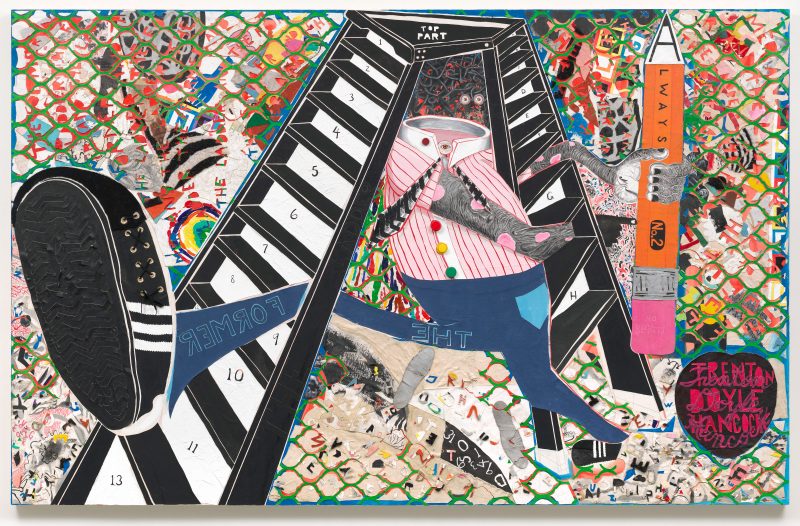
Philadelphia in the VFMA collection
Michael brought his knowledge of the strength of Philadelphia artists to Richmond. He proudly showed off “In Our Own Words; Native Impressions,” a series of color woodcuts by Daniel Heyman and Lucy Ganje – exhibited as a companion to an exhibition of work by Native American artists living in North Dakota. The print series grew out of interviews with members of North Dakota’s four remaining Native American nations, and as with Heyman’s series on Iraqui survivors of torture at Abu Graib it incorporated extensive text by each of the individuals depicted. Michael didn’t need to point out Tristin Lowe’s “Comet: God Particle” (2011), which soared above the stairs leading from the lobby to the main galleries.
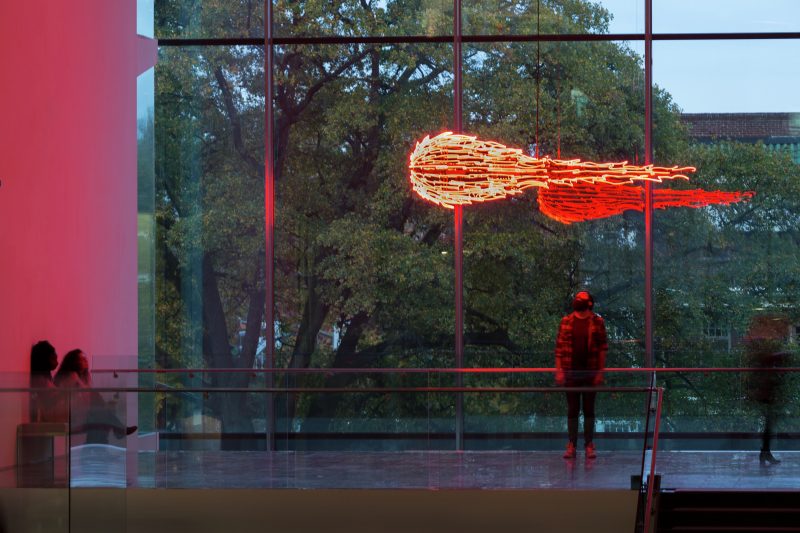
Regional museum collects many works by artists of color and charges no admission fee
The VMFA is a deeply impressive regional museum with a high-quality collection; it is also attuned to its own community and, being a state museum, charges no admission fee. Michael showed us a group of Ethiopian religious art, including the largest Ethiopian painting I’ve seen, and mentioned that members of Richmond’s Ethiopian community were working with the museum to translate texts. The collection of contemporary work by artist’s of color is more substantial than I have seen in any U.S. museum besides the Studio Museum in Harlem, and the 20th century American collection reflects a national rather than a regional outlook, including major artists from Chicago and the West Coast as well as artists fashionable in New York. The earlier 20th century American collection also reflects the stylistic diversity of the period, including, George Bellows, Thomas Hart Benton, Eldzier Cortor (a Richmond native), Phillip Evergood, Kenneth Hayes Miller, Archibald Motley and Marguerite Zorach as well as Arthur Dove, Marsden Hartley and Georgia O’Keeffe.
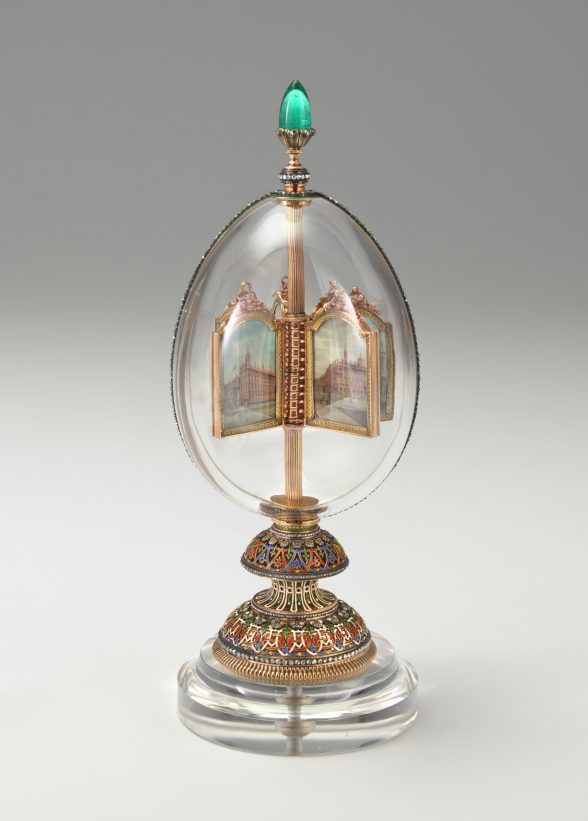
Richmond, a great walking city with much history
We clearly hadn’t allotted enough time in Richmond, and were already planning another trip by the day after we arrived. The city is a pleasure to visit and suitable for visitors who don’t want to drive – a rarity in the U.S. It has large, intact neighborhoods of early 19th century housing and attractively re-purposed commercial properties in the city center. Richmond has preserved its river frontage for public trails with bridges to recreation areas. And it takes its history seriously, presenting its various Confederate sites and monuments while acknowledging the institution of slavery which undergirded the Southern cause. A number of sites record the contributions of Richmond’s black population and literature from Richmond Regional Tourism includes an entire section devoted to sites of African American heritage, including a slave trail which I am anxious to walk on a return visit. It is also a city for foodies, proud of its very high concentration of restaurants and many craft breweries. And Southerners truly are welcoming.


